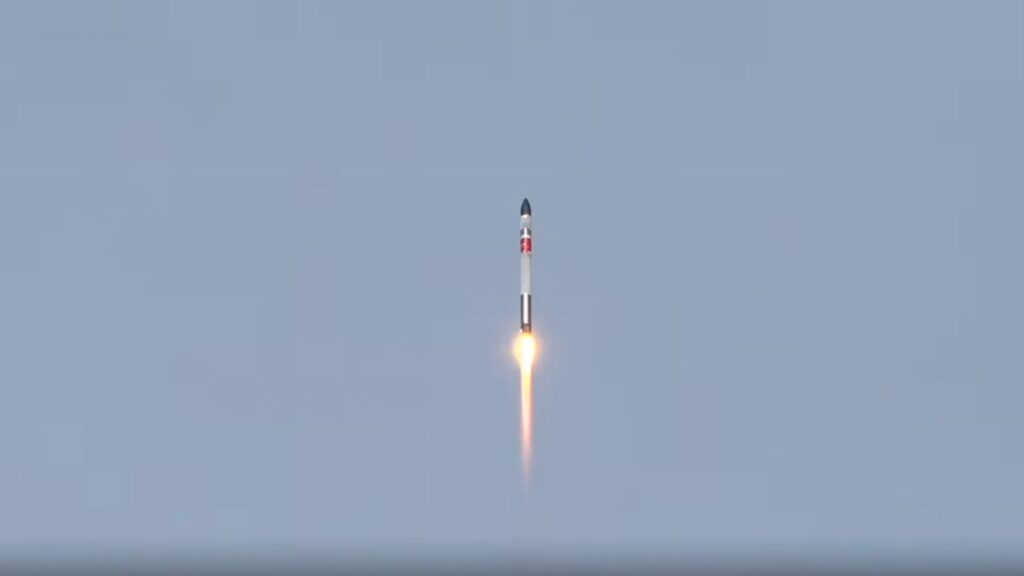The world’s most advanced solar sail spacecraft began its odyssey today at 23:32 GMT as it lifted off atop a Rocket Lab Electron launcher from Launch Complex 1 in Mahia, New Zealand. It was one of two payloads on the Beginning Of The Swarm mission.
Though it’s only the size of a toaster, NASA’s Advanced Composite Solar Sail System (ACS3) can unfurl a microscopically thin plastic sail in about 25 minutes to cover an area of 860 ft² (80 m²) with a boom unfolding from the size of a hand to 23-ft (7-m) long. It’s not the first solar sail to be sent into space, but its boom made of lightweight polymer composites and specially configured to stow flat is a major step in making such sails lighter and more stable.
After a 32-minute delay due to technical difficulties, the Electron rocket lifted off with the ACS3 and the Korea Advanced Institute of Science and Technology’s (KAIST) NEONSAT-1, an Earth observation satellite. Having cleared the launch pad, the rocket went supersonic at the 55-second mark and passed Max-Q at one minute and seven seconds. The first stage engine cut off at two minutes and 24 seconds into the flight with second stage separation four seconds later and second stage ignition three seconds after that.
At nine minutes, 11 seconds, the second stage engine shut down and Kick Stage separated four seconds later. The first stage then executed an orbital maneuver that sent it to burn up in the Earth’s atmosphere instead of becoming space debris. Fifty minutes into the mission, the NEONSAT-1 was placed in a 323-mile (520-km) circular Earth orbit. ACS3 had to wait until one hour and 45 minutes after launch to deploy into a Sun-synchronous orbit at an altitude of 600 miles (1,000 km).
This is made possible by the Kick Stage’s Curie engine, which can restart multiple times to place payloads in different orbits without their own onboard propulsion. When its task was completed, the Kick Stage set itself off on an atmosphere burnup trajectory of its own.
Data from the NASA solar sail mission will be used to improve the sail design that will scale up to up to 21,500 ft² (2,000 m²), or half the size of a soccer pitch. These giant sails catching the solar winds and tacking like terrestrial sailing ships will allow for long-range missions flying at remarkable speeds without the need for propellants.
Source: https://newatlas.com/space/solar-sail-space/



